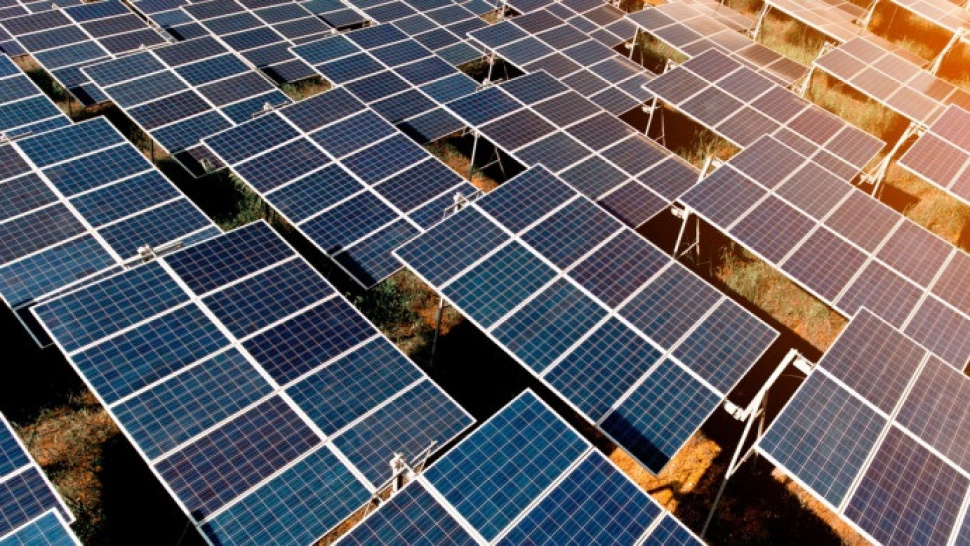California’s Self-Generation Incentive Program is on the threshold of setting new rules for managing an important part of its mission: ensuring that its fleet of state-funded behind-the-meter batteries are reducing from the state’s greenhouse gas emissions.
From an electrochemical perspective, this might seem like a relatively simple problem to solve, but that’s not the case. Every solar power system for home loses some energy from the time it’s stored to the time it’s discharged.
A typical modern lithium-ion battery system gives an average of 80% - 85% percent, in a round-trip efficiency. This puts the burden on battery operators to make sure they’re only charging with the cleanest power and for making up for the lost energy, they should discharge to replace the dirtiest power. However, according to many studies, today’s primary use cases for behind-the-meter batteries, like backup power and demand charge management, fail to meet these needs.
Since 2015, California Public Utilities Commission (CPUC) has been scrutinizing this problem. The evaluations conducted in 2016 and 2017 have indicated that today’s Self-Generation Incentive Program-funded fleet has slightly increased GHG emissions compared to if they hadn’t been added to the grid. This is because they are not being used in a way that can maximize their consumption of solar energy.
To fix this issue, an initial CPUC staff proposal was released last year and it was widely panned by utilities and battery vendors. Later, the CPUC came back with a revised staff proposal, which is more likely to win commission approval later this year.
Getting batteries to reduce carbon emissions is a slightly complicated problem to solve from a policy point of view. This is a problem that CPUC’s new proposal seeks to find a solution for, through penalties for not hitting carbon dioxide reduction thresholds. This solution has drawn opposition from energy storage advocates, however it is supported by utilities and ratepayer advocates.
In order to optimize the batteries to meet the new carbon reduction thresholds, SGIP projects will need some way to pull the data on the marginal greenhouse gas impact. The data will have to illustrate every KWH of energy stored up and discharged, at various points on the grid, in sub-hourly increments. This concept, “GHG Signal,” is the highlight of the new SGIP regime.
solar rooftop, solar panel roof, solar rooftop system, solar rooftop installation, solar panels for home, solar panels for your home, home solar system, residential solar panels, roof solar panels for sale, rooftop solar system price, solar power system for home, rooftop solar panel price,
Online Solar



Share the News